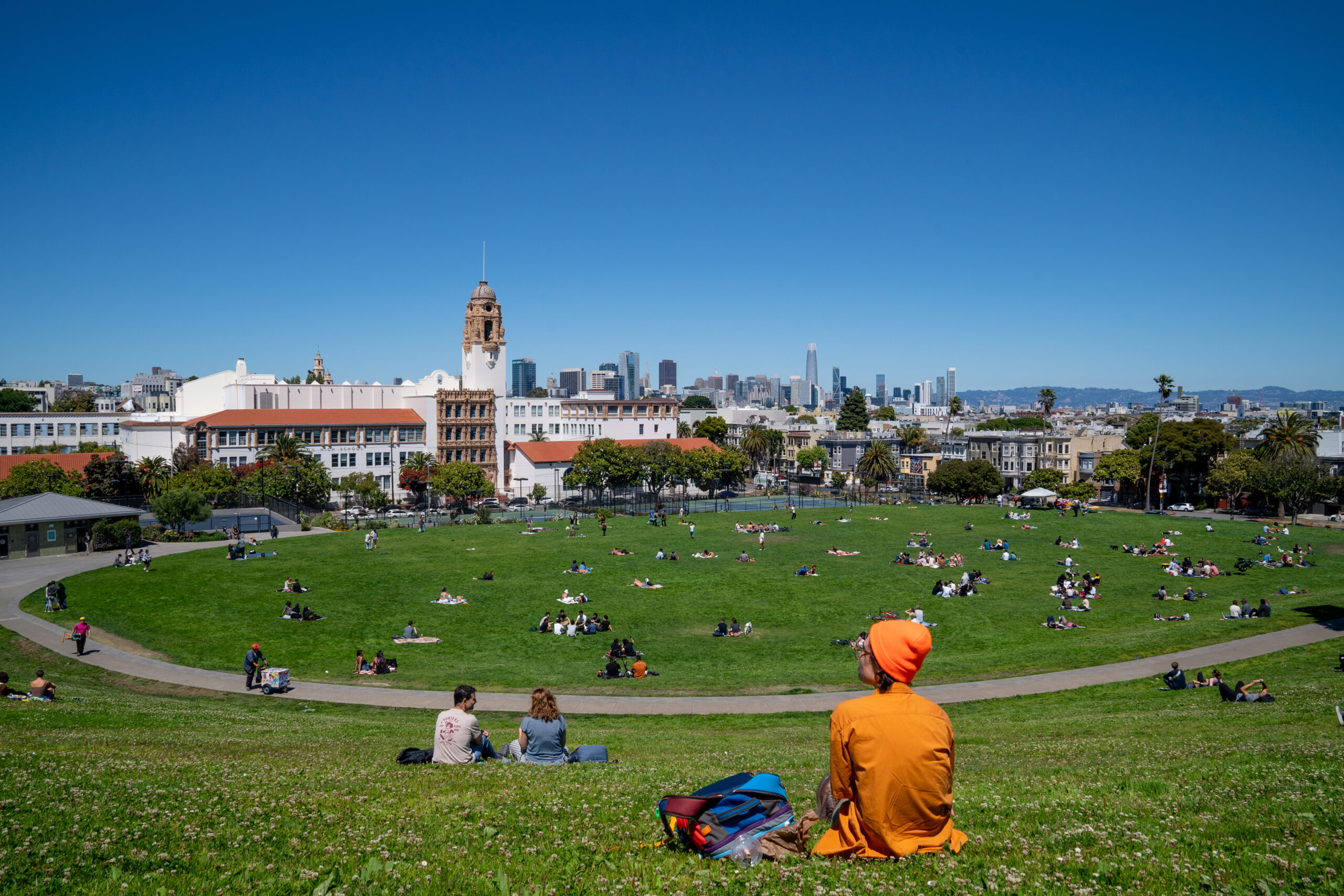San Francisco and the Bay Area continued their population declines in 2022, according to Census data released Thursday, but not at the clip witnessed during the first year of the pandemic.
Though the first 2022 state and national data came out in December, the new county figures provide the first look at how the nine counties of the Bay Area gained—or lost—population compared to other large counties around the country.
The bottom line? Though rates of decline in the population of large U.S. counties leveled off from those seen during the first year of the pandemic, San Francisco and the Bay Area continue to shrink from their pre-Covid populations, while other counties have expanded.
What Is the Population of San Francisco and the Bay Area?
The U.S. Census estimates the 2022 population of the City and County of San Francisco to be 808,437, representing a loss of 65,000 people and 7.5% compared to 2020. The city’s population dropped by 7.2% between 2020 and 2021, but only by 0.3% from 2021 to 2022.
A closer look at the Bay Area numbers tells a more dramatic story: The nine-county region has lost a quarter million residents between 2020 and 2022, or a 3.2% decline. The exodus left the 2022 population of the SF Bay Area at 7.5 million.
How Does SF Rank Among U.S. Counties?
Unfortunately, San Francisco still leads all large U.S. counties in terms of its rate of population decline during the pandemic. The city’s 7.5% loss of population ranks it No. 1 among all U.S. counties with more than 100,000 residents.
Counties in New York and Louisiana round out the 10 U.S. counties with the biggest rate of pandemic population decline. In contrast, counties in Texas and Florida logged the biggest growth in residents between 2020 and 2022.
The Census reported that the Lone Star State surpassed 30 million residents last year. And though Texas runs a distant second place to California for the title of the most populous state, Texas added nearly half a million people during the pandemic while California shrank by 113,000.
Which U.S. Counties Have the Largest Populations?
A broader look at how the Bay Area stacks up against other large counties reveals a big gap between many historically large jurisdictions and those that have rapidly expanded in the 21st century.
With 9.7 million residents, Los Angeles is still the largest county in the land, despite losing nearly 300,000 residents since the beginning of the pandemic. In fact, more people moved out of LA County in 2022 than any other county in the U.S., leaving it more than 90,000 residents short of its 2021 total.
And though Manhattan’s home in New York County lost 5.8% of its people between 2020 and 2021, the pendulum swung back in 2022 as the borough regained 1.1% of its population. The same can’t be said for the counties of Brooklyn, Queens and the Bronx, all of which remain in negative growth territory.
What Drives San Francisco’s Population Growth?
One important driver of San Francisco’s population levels is immigration. The dead stop put on foreign arrivals to the city during the pandemic has now abated. And domestic outmigration—especially to other California cities—dropped dramatically during 2021-2022.
It is important to note that the state’s official 2022 estimates for the population of each county differ from those of the U.S. Census Bureau. The figures for SF and LA counties, in particular, are significantly higher than those reported by the federal government.
The California Department of Finance relies on a variety of more up-to-date datasets to create its population estimates than the Census’ surveys do, including information from the Department of Motor Vehicles, the U.S. Postal Service and the Internal Revenue Service.
Perhaps the state’s uptick in figures for some of California’s largest counties bodes well for a return to population growth in the Golden State in 2023.
